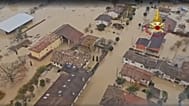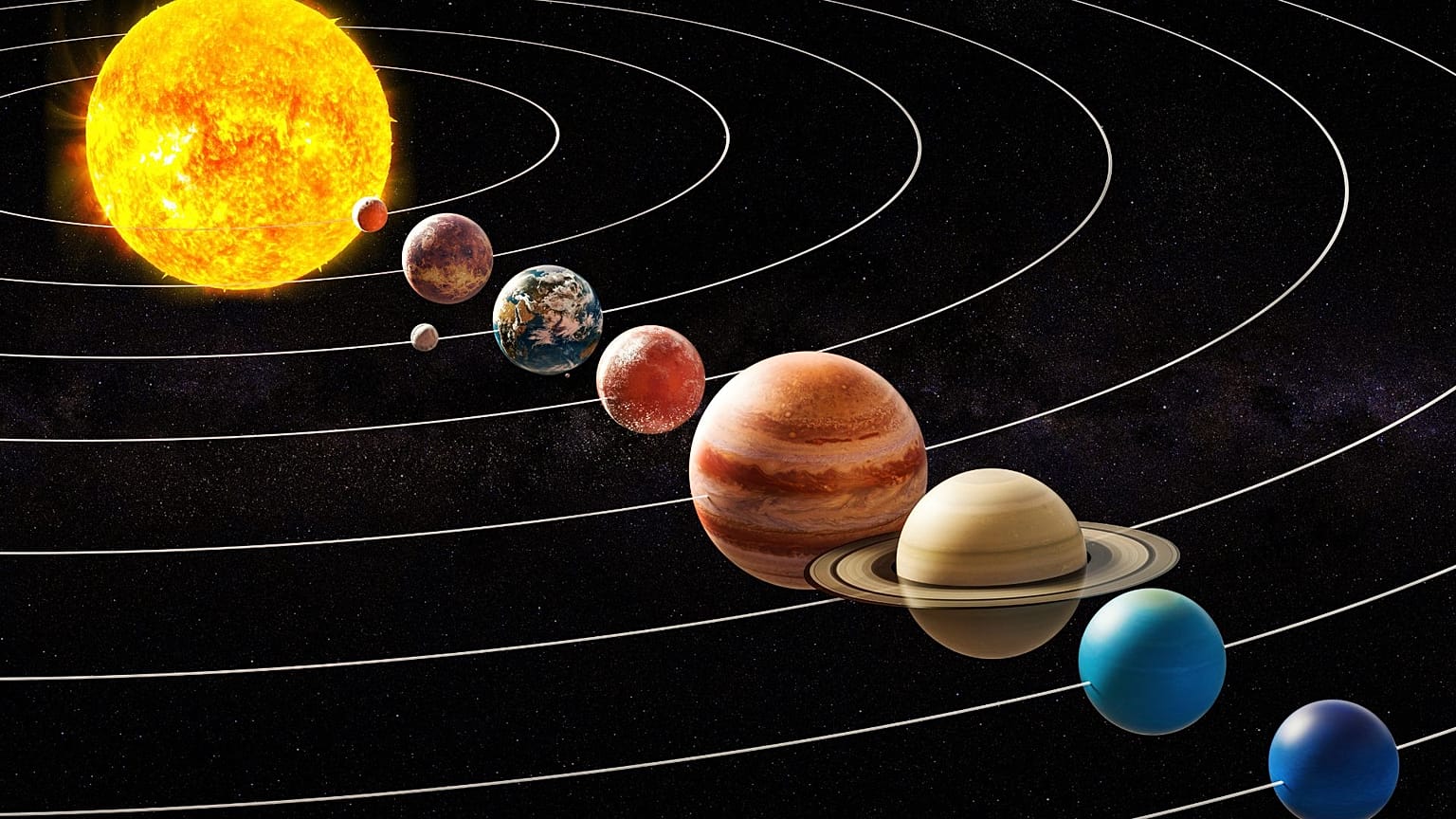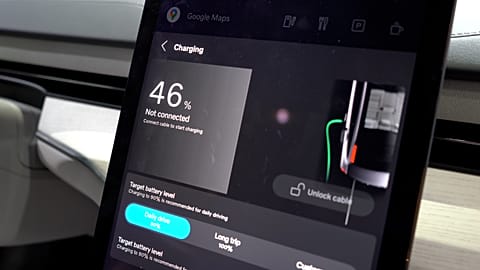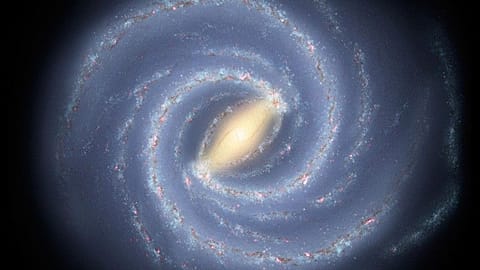Mercury will complete the lineup of six planets visible from Earth in the coming days.
Fans of stargazing, the solar system, and early wakeup calls are in for a treat this month.
Five planets are currently visible from Earth at the same time, in what’s known as a planet parade – or a planetary alignment, in astronomical terms. It is a celestial phenomenon where planets can be seen from the Earth simultaneously.
A "planet parade is when, if you look in the same old part of the sky at the same time, there's a bunch of planets,” said Carolyn Sumners, vice president for astronomy at the Houston Museum of Natural Science in the United States.
Among those observable with the naked eye are Venus, Jupiter, and Saturn.
Uranus and Neptune will be visible through binoculars and telescopes.
Planets always appear along a line or arc across the sky from Earth because they orbit the Sun in a relatively flat, disc-shaped plane. But the opportunity to observe multiple planets simultaneously with the naked eye is special, according to NASA.
The planets also have to appear high enough above the horizon to be visible. For most observers to see a planet with the naked eye, NASA says the planet must be at least a few degrees above the horizon. Ten degrees or higher is best.
This month, the planets will rise and be visible just before sunrise in the Northern Hemisphere.
“We're talking about an hour before sunrise. Don't get up any earlier, but you can't get much later because the sun's gonna blow this away," Sumners said.
Rare chance to see Mercury
There will also be a rare chance to glimpse Mercury, which is normally too close to the Sun to see, for a few days reportedly beginning August 17.
"Mercury just kind of crawls away from the sun for a few nights, and we can see it right after sunset or right before sunrise, then it goes and hides behind the Sun again as it goes around the Sun. That's why it's a tricky planet to observe, but it's there," Sumners said.
In the coming days, Mercury will move further from the Sun and complete the lineup of six planets.
It will then hide behind the Sun again toward the end of the month, though a crescent Moon will then join the parade.
While a planetary parade isn’t rare to spot, it will be the last of 2025.
For more on this story, watch the video in the media player above.


















